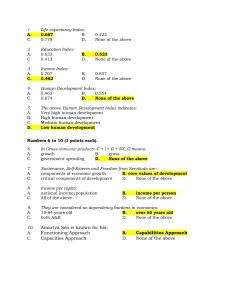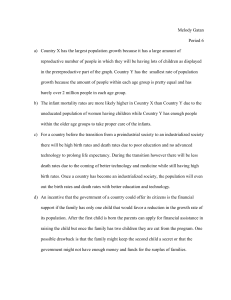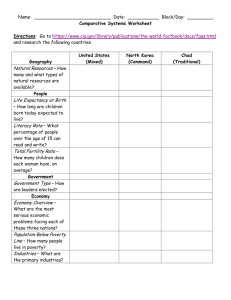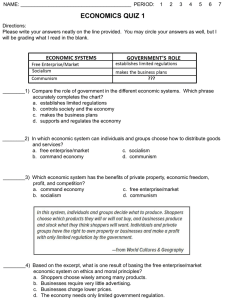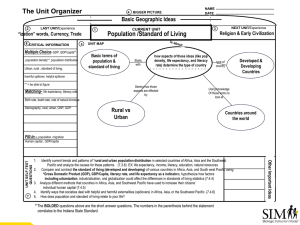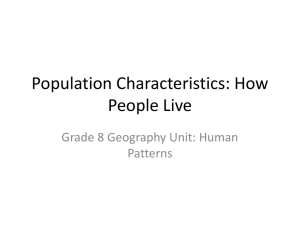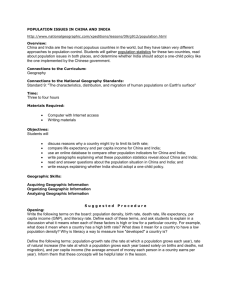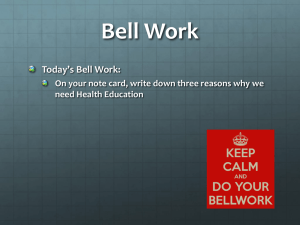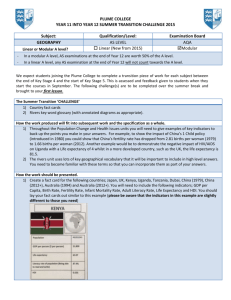Economy Part II
advertisement
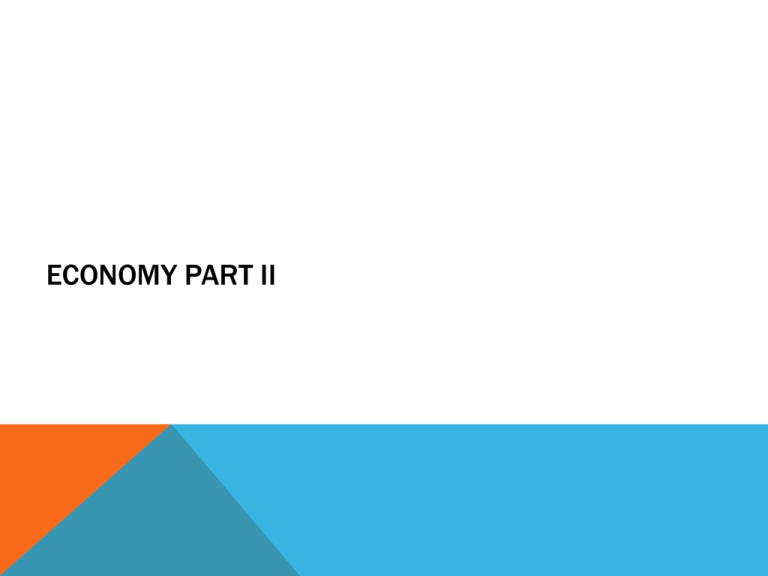
ECONOMY PART II ECONOMIC SYSTEMS •Communism (command)- government decides what needs are to be met, found in unlimited governments •Free Enterprise (market)– consumers decide what to produce and purchase, prices are determined by supply and demand, found in limited governments • Socialism (mixed)- some businesses and industries are controlled by the government; government provides many health and welfare benefits, found in both limited and unlimited governments The main purpose of any economic system is to produce and distribute goods and services. PROBLEMS THAT ALL ECONOMIC SYSTEMS FACE: SCARCITY Examples: Lack of natural resources Lack of workers(labor resources) Lack of money(capital resources) Lack of consumers Lack of technology Scarcity creates barriers to economic development. ECONOMIC INDICATORS Economic Indicators are measures that show how a country’s economy is doing. Most common: Life Expectancy: the average age to which people in a country lives (gives clues about health care and nutrition. Literacy Rate: shows the percentage of a country’s people who can read or write at an elementary school level. Gross Domestic Product: the yearly average value of all goods and services produced within a country. GDP per capita (per person) Country Life Expectancy Gross Domestic Product per Capita Literacy Rate Canada 81.38 $39,400 99% Cuba 77.7 $9,900 99.8% Mexico 76.47 $13,900 86.1% Peru 72.47 $9,200 92.9% DEVELOPING VS. INDUSTRIALIZED Developing Nations are countries with low levels of development. It is marked by few jobs in industry, poor services, low literacy rates, and low life expectancy. Industrialized Nations are countries with high levels of development. It is marked by high quality education, advanced health care, good services, advanced technology and decent salaries.
